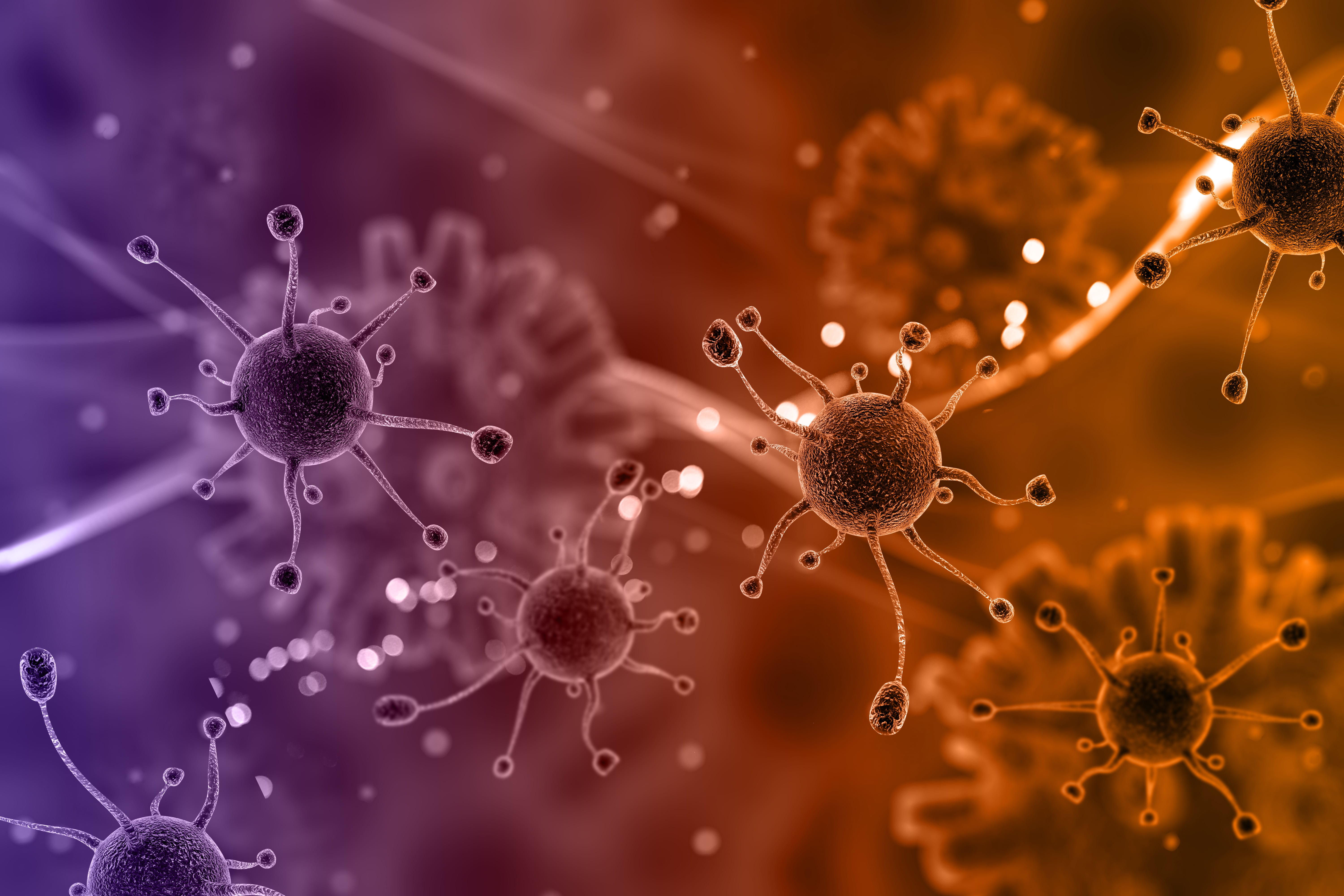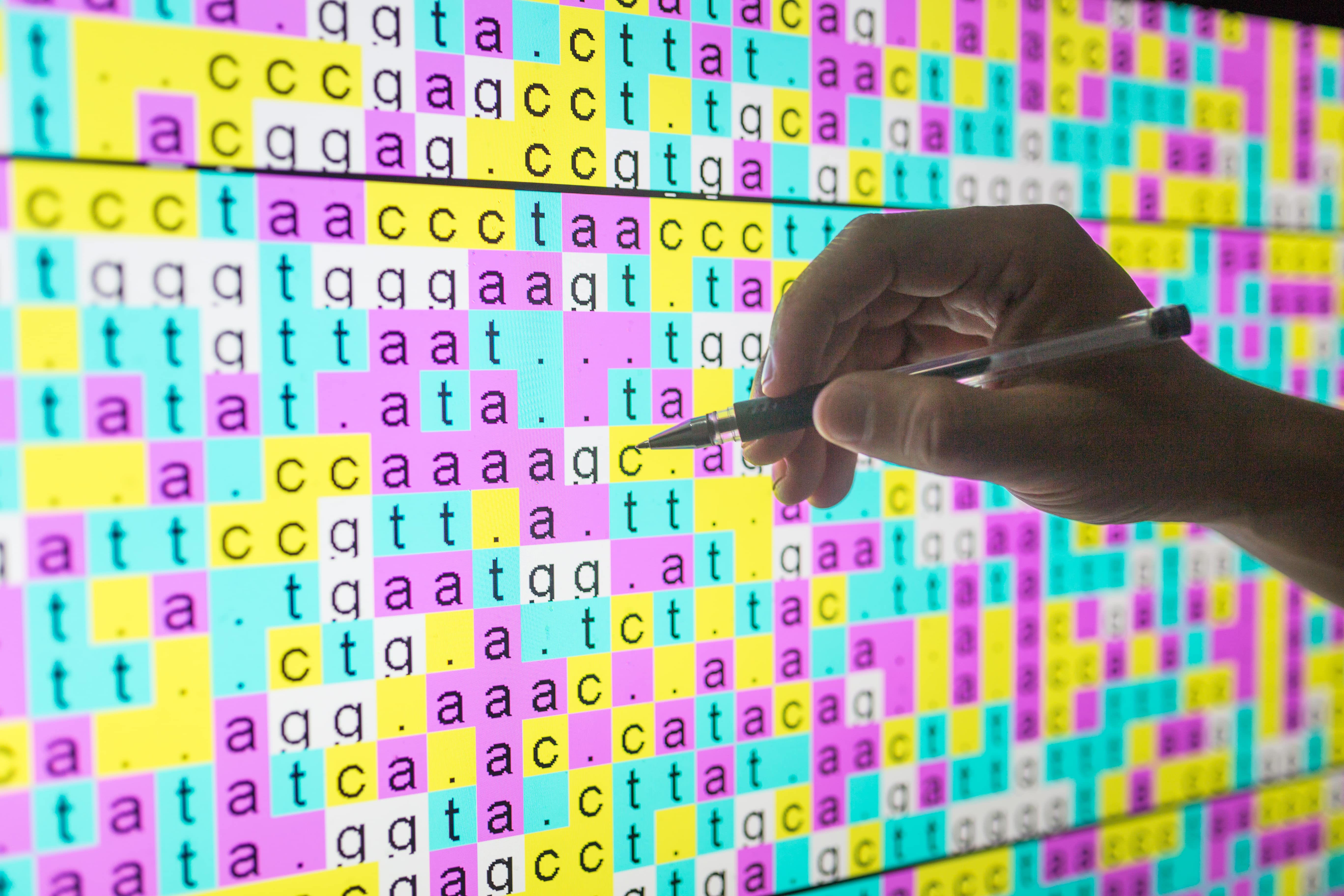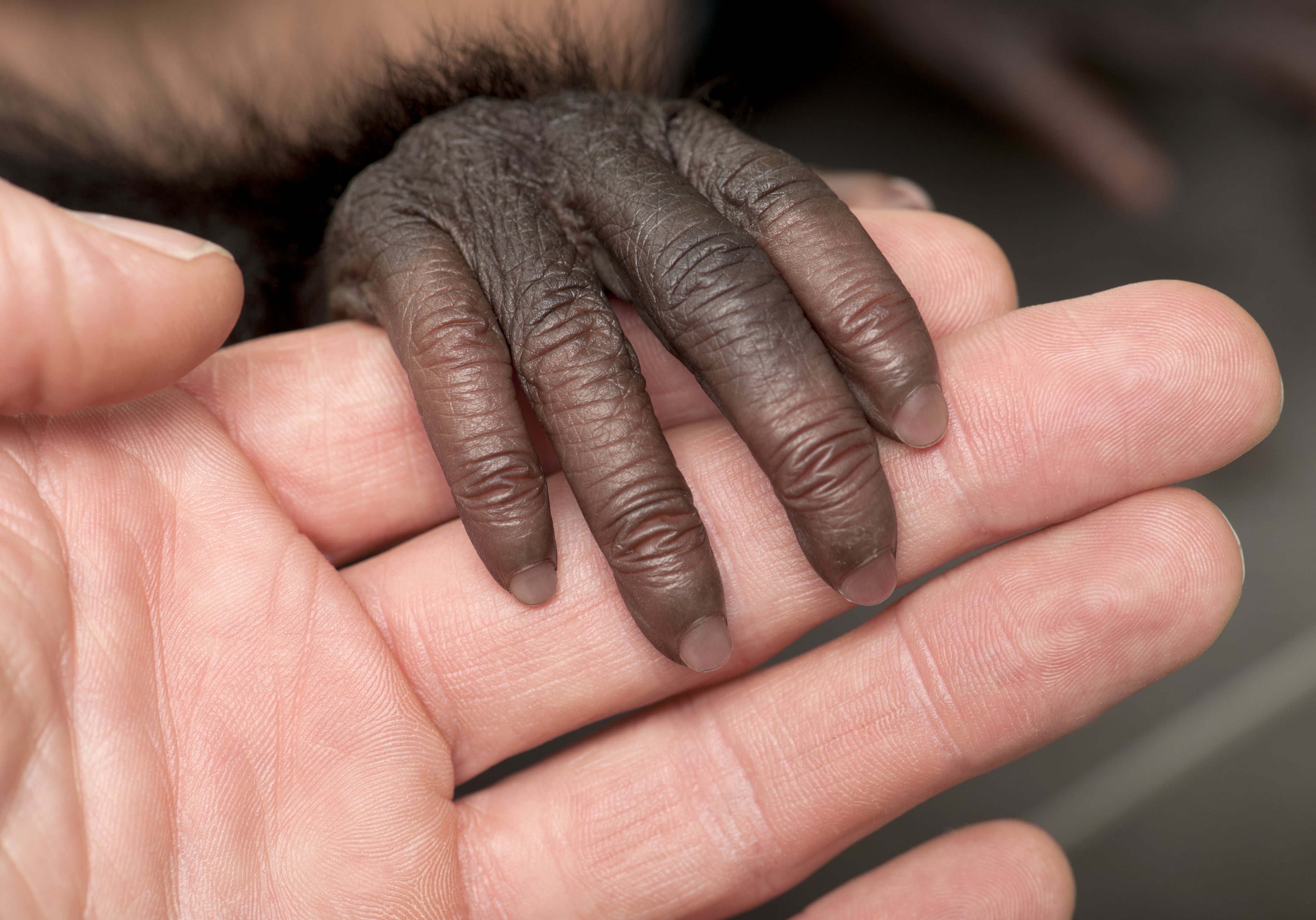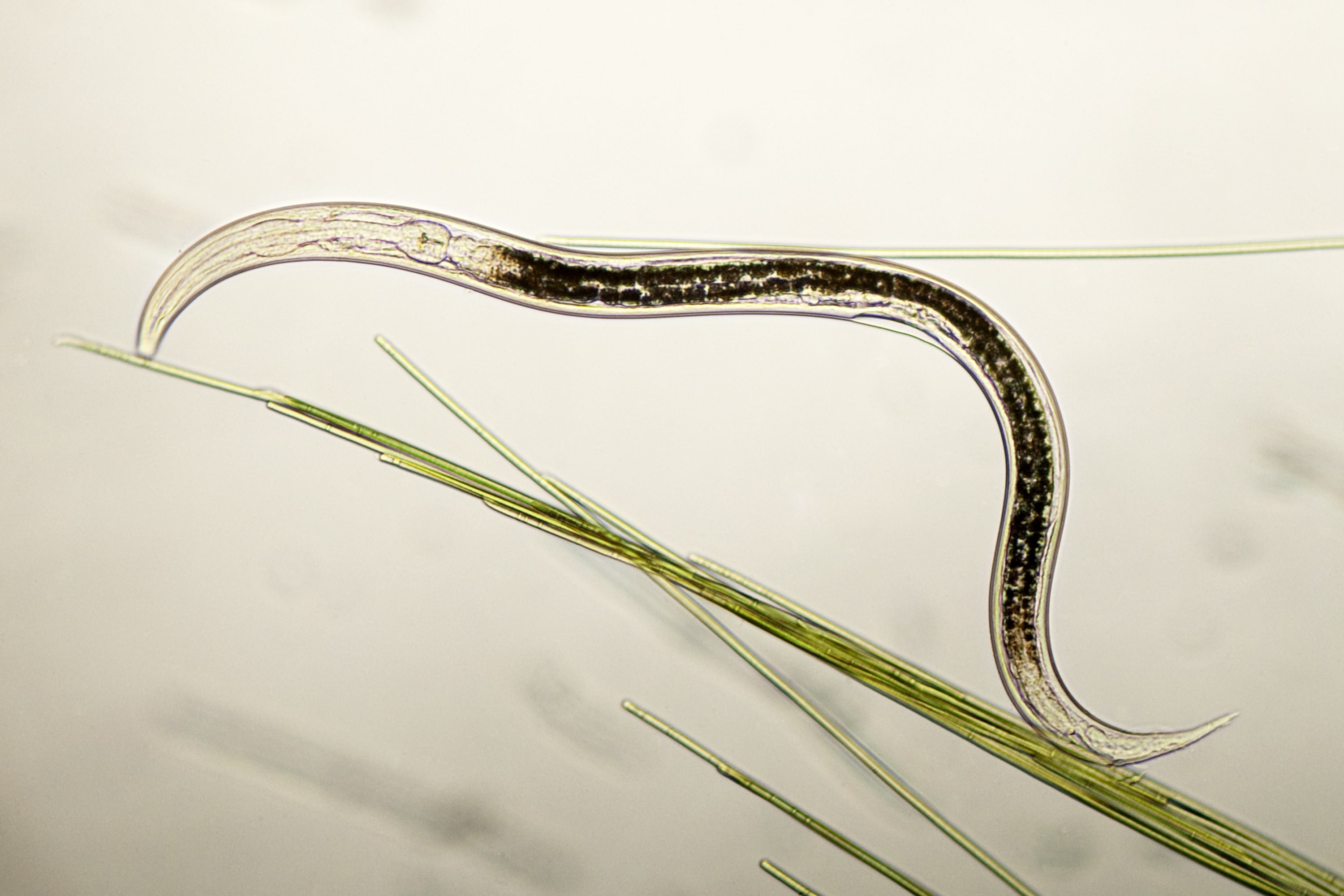DNA - or Deoxyribonucleic Acid - is our unique, genetic code that exists in all humans and nearly all living organisms. These special codes in DNA store information and are made up of four chemical bases known as adenine (A ), guanine (G ), cytosine (C ), and thymine (T ). Depending on the order that these bases occur in, the information that is stored in the DNA will determine how the DNA is built and maintained, resulting in making you, you!
Just like the uniqueness of our DNA, we wanted to share some of our favourite, unique facts about DNA:
1. About 8 % of the human DNA is made up of ancient viruses that used to infect us
Recent research has found that viruses that first infected our ancestors thousands of years ago still remain in amongst our genes today. Retroviruses such as HIV are just one of the viruses scientists have traced back, due to their distinctive genes found across stretches of DNA and the way they are able to duplicate themselves by infecting cells.

2. Scientists have found out that a total of 510 DNA codes have been lost throughout the process of human evolution.
By comparing a large group of extinct and modern day species against the human genome, scientists were able to identify these code losses. With these deletions come different changes that our body has endured over the years, including the increase of our brain size and also removing sensory whiskers from our faces.

3. You could fit over 25,000 strands of DNA side by side into the width of a single human hair.

4. It’s probably not that surprising to learn that humans share 98% of our DNA with chimpanzees–but incredibly, we also share 70% with slugs and 50% with bananas
In the past scientists thought we evolved from chimpanzees due to us sharing 98% of DNA together, however, the genetic gap is now looking like too great a step for that to be the case. That said Humans and chimps as a species are very closely related hence why we have very similar DNA, demonstrated by our bodies and behaviour. Similarly with bananas and slugs, plant and animal life separated around 1.5 billion years ago but still allows us to trace back ancient DNA coding that explain why we share such a high percentage.

5. You share 99.9 percent of your DNA with every other human.
Although this number is high, the 0.1% left allows us to use this tiny differences and identify our ancestors and their geographical location for both men and women. This small difference also allows us to know that physical characteristics that you can visibly see are different make up this 0.1% including things such as skull shape and skin colour.

6. Stephen Hawking’s DNA is saved in digital form on a large memory device called the Immortality Drive on the International Space Station
The Immortality Drive was created so that immortal DNA could be stored forever, securing history for anyone to find. Acting as a giant memory device, the genetic information stored from a range of people including athletes and musicians was launched to the international space station in 2008.

7. Apparently, DNA has a half-life of 521 years. This in simple terms means that the oldest organism that could be cloned could not be more than 2 million years old! So we could never clone a dinosaur!
With the last dinosaurs dying out around 65 million years ago, even preserving DNA at -5 degrees would be unreadable after 1.5 million years and then completely obliterated after 6.8 million years, making the chances of dinosaurs returning, impossible. No doubt though some people will keep trying.

8. The first animal to have its DNA completely sequenced was a nematode worm in 1998.
This was due to the rapid genetics of the nematode worm meaning that the worm would grow quickly and due to its small size, could be contained in the lab easily. Although being much simpler than the human system, many of the signals involved are also replicated in more complex organisms and this resulted in new finds within the genes behind behaviour and muscle movement.

9. One person can have two sets of DNA, which is known as Chimerism.
The term ‘chimerism’ descends from Greek mythology relating to a creature that is part lioness, part goat and part snake. Chimerism can occur if a twin dies early in the uterus or fraternal twins can also have the condition; this is where the chromosomes of the twins are swapped with each other, sometimes resulting in visible effects.

10. The human genome is not easy to decode. You need to type a lot of words to make it done.
Imagine that you can work in eight hours day. Each minute, you can type 60 words. To type all of the human genome, you have to spend 50 years. There are 3 billion units that make up the human being genome, taking scientists over a decade to decode it and finally finish this in 2001.

Find out more about Living DNA’s 3-in-1 ancestry test.
